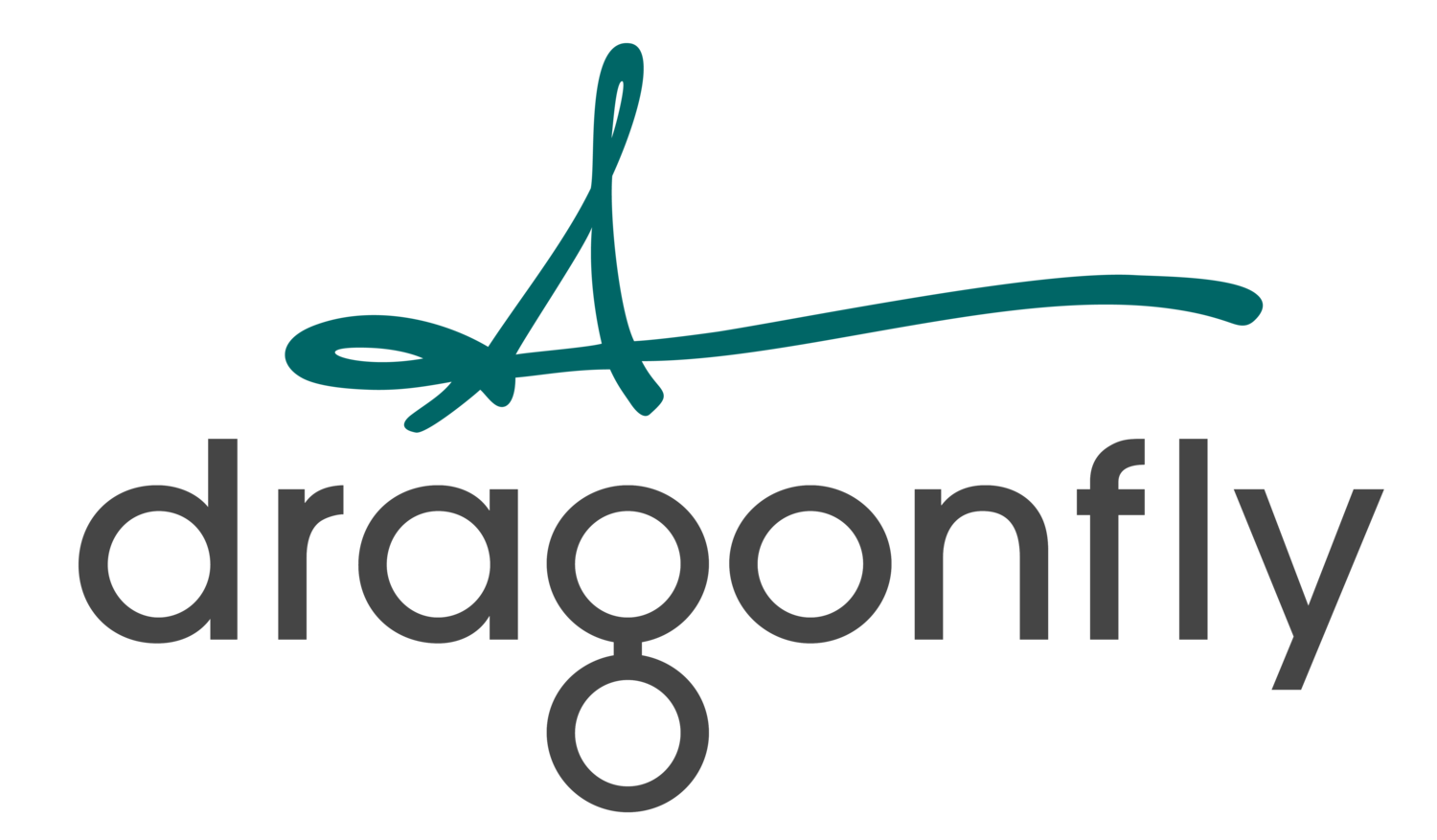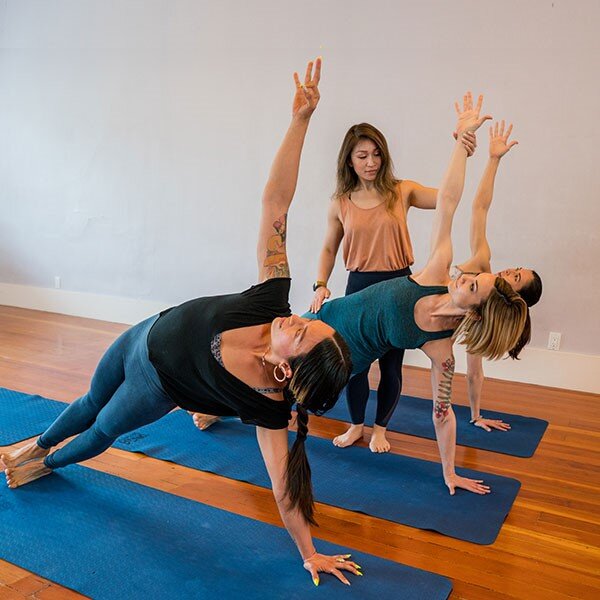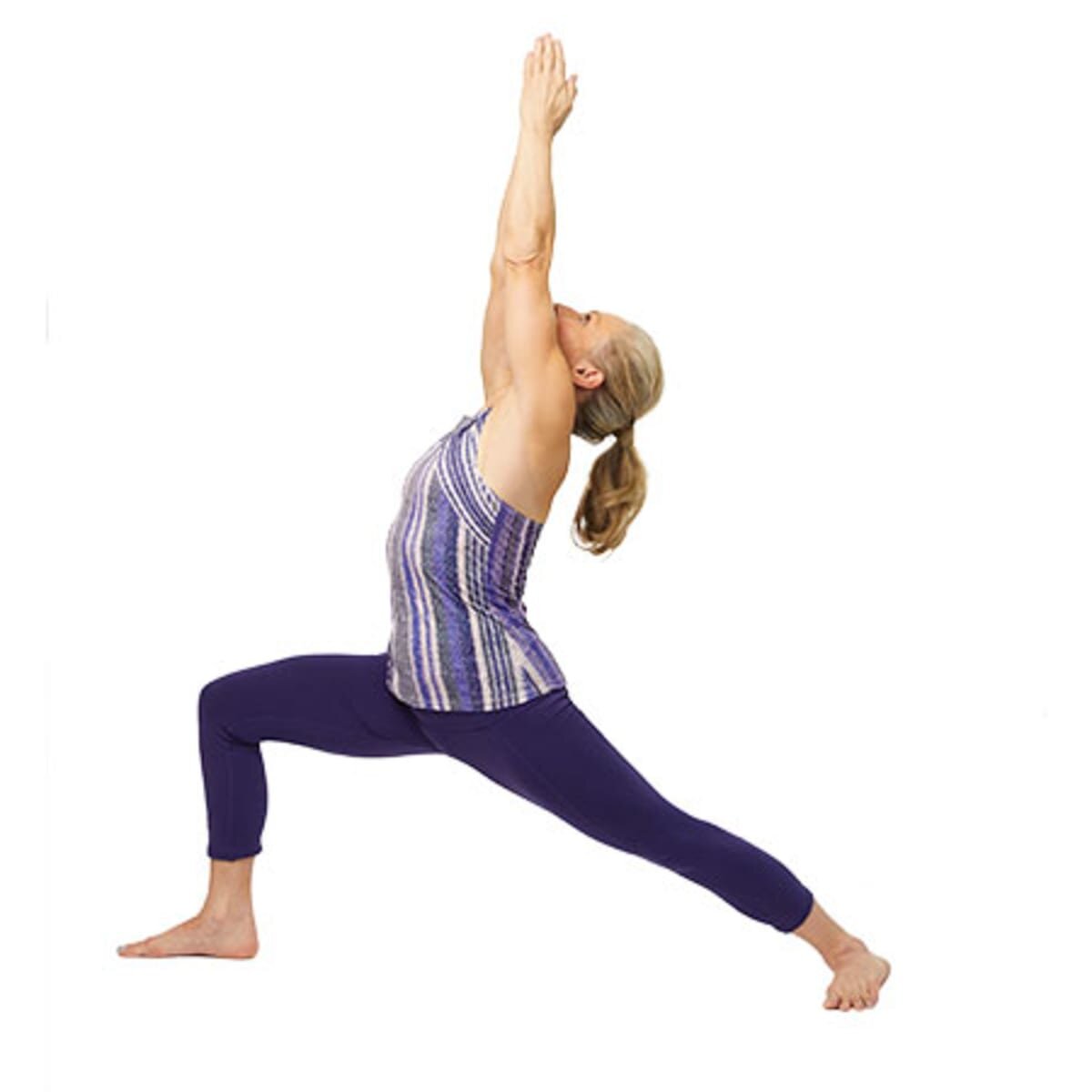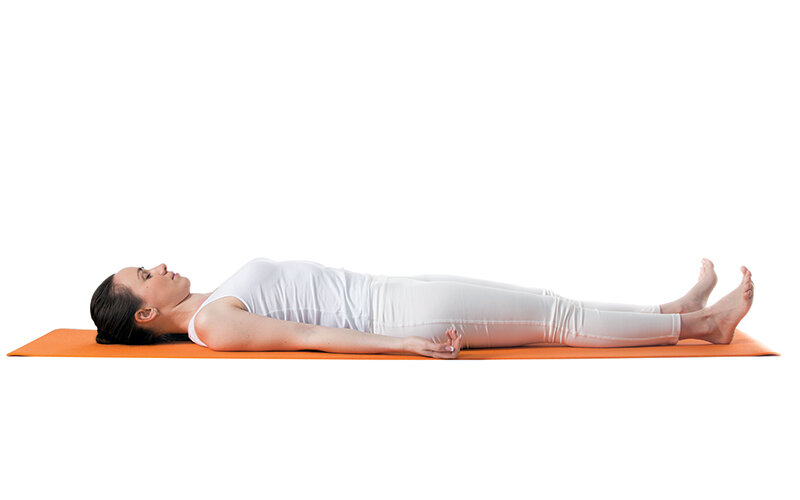How often do we think of practicing Yoga in our everyday lives but don’t know where and how to start from? Well, it’s time to bring the thought into practice. Making Yoga part of your daily routine can help in experiencing a profound sense of harmony within yourself and the surroundings around you. Whether you are young or old, fit or fat, Yoga is for all. Its essence lies in the combination of Physical, Mental, and Spiritual health.
Starting with Yoga practice may seem overwhelming in the first place, but it doesn’t have to be intimidating at all. The focus should be on learning it step-by-step and discovering its beauty. Before starting, here are few pointers to keep in mind to optimize Yoga practice.
1. Getting to know it all- Remove all the Yoga myths before starting the Yoga practice. Being a beginner one’s goal should be calming and strengthening body and mind with easy and effortless exercises. It isn’t advisable to hop onto complicated exercises at the beginning. The whole purpose is to enjoy the process and seamlessly have fun while doing it.
2. Joining beginner level classes- It is best to start learning Yoga by joining Yoga studios or classes to learn the correct way of exercises. Beginner-level classes will help in training from the basics and will in setting up a strong foundation for Yoga practice.
Learning from experts will also reduce the chances of getting an injury and learningthe poses properly. The idea is to have an open approach to witness an enhanced Yoga experience.
3. Dressing up comfortably- There’s nothing worse than practicing Yoga in an uncomfortable piece of clothing. It is advisable to wear easy and comfortable clothes while starting with Yoga practice. Loose clothes offer the right balance of comfort, breathability, and flexibility. One should avoid wearing excessive jewellery or belts as it can hinder Yoga practice.
4. Start with Meditation and intention- A yoga practice should have an intention or goal attached in order to it to make it more holistic. Intentions can be any sentence or mantra that resonates with one’s self. While starting a practice, take few minutes to ground, center, and focus inwards with Meditation which will help in keeping up the momentum. The idea is to focus on the present and gain a new perspective on stressful situations.
5. Learning basic Yoga poses- The physical aspect of Yoga practice can be started from learning basic yoga poses. The building blocks of Yoga are the poses and practicing it continuously can benefit physical and mental health. One can start with Postures or Yoga asanas such as Child’s Pose, Downward facing dog, Tree pose or Shavasana, etc.
Each pose should be held for a few, slow breaths before moving on to the next one.
6. Ending the session with Relaxation poses- After completing Yoga asana practice, one should not be in hurry to call it a day off. Always end the practice with relaxing asanas and exercises like Shavasana. Such poses help in relaxing the body, rejuvenating the energy produced through yoga practice, and transitioning back to the world.
It is rightly said that “Yoga adds years to your life and life to your years” as it is an amalgamation of yoga asanas, ancient philosophy, pranayamas (breathing techniques), and meditations, where one participates in deeper spiritual experience. While starting the Yoga Journey, one may feel awkward and uncomfortable in their starting days of practice, but continuous Yoga practice can help in overcoming the phase and enriching the whole experience. Most importantly, one should stay in present, accept the limitations, and patiently wait to get accustomed to the practice.
Nida Zakaria











